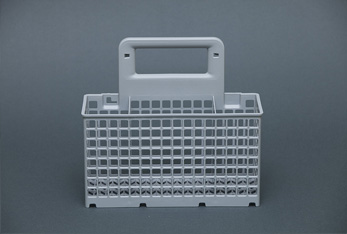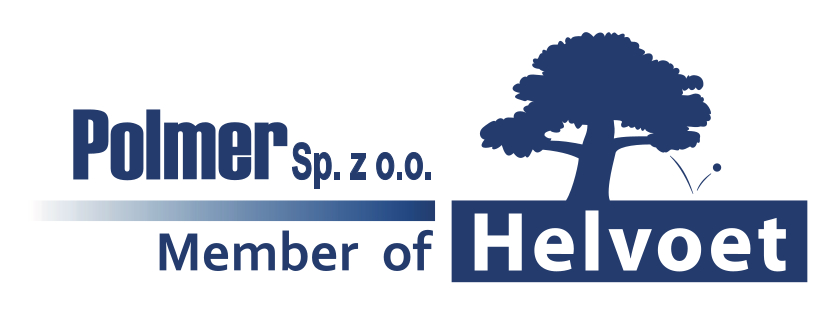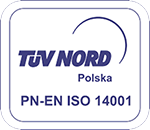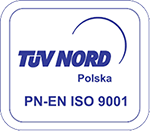Injection

Polmer consistently focuses on technological development. We invest in modern machinery and manufacturing technologies. Our primary method in production of plastic parts is injection molding or simply injection. This is an effective method commonly employed in production of entire elements and decoration of plastic parts.
We operate 22 injection machines with clamp forces 200 – 750 T, which allow us to manufacture products various in size and density.
We process such plastics as:
We have decided to describe what does our company do, what kind of technological process is employed most often and what plastics do we use. These basic pieces of information will help you become more familiar with our company’s wide range of services.
Injection – what is it?
Injection molding is a cyclic process in which granular material is taken up by a worm screw, melted and compressed. Then, the plastic is injected into the mold, where it cools and solidifies into the final part. After sufficient time has passed, the cooled part may be ejected from the mold. Thanks to well-designed forms and suitably chosen parameters, the process is completely automatic.
What are the characteristic features of injection molding?
Injection molding is a cyclic, flexible and efficient process suitable for the manufacture of not only solid and complete, but also complex and multi-colored products of variable density. Injection molding is also used to manufacture composed parts (material and metal, etc.) with a mass ranging from 10-2 grams to 105 grams. There is a relatively low amount of waste in this production process.
How does the process of injection molding look like?
The process of injection is similar for both ram and screw-like injection molding machines.
- Prior to the injection of the material, the two halves of the mold must be closed by clamping unit;
- Pushing the injection cylinder so that the nozzle makes contact with the injection bush of the mold;
- Injection of the material through the nozzle to the mold by means of a piston and a screw;
- Packing of additional material by means of slight movements of the piston or the screw;
- Retraction of the screw or the piston. Next, the screw rotates and takes up new material for the next shot to be injected. At the same time, the longest process takes place – cooling;
- After sufficient time has passed, the cooled part may be ejected from the mold by the ejection system;
An interesting point
The division of injection machines in terms of size is determined by clamp force. For example, symbol AAA 650 stands for the producer (AAA) and the clamp force of 650 T. It is common practice to mark the capacity of the cylinder as well.



Comments are closed.